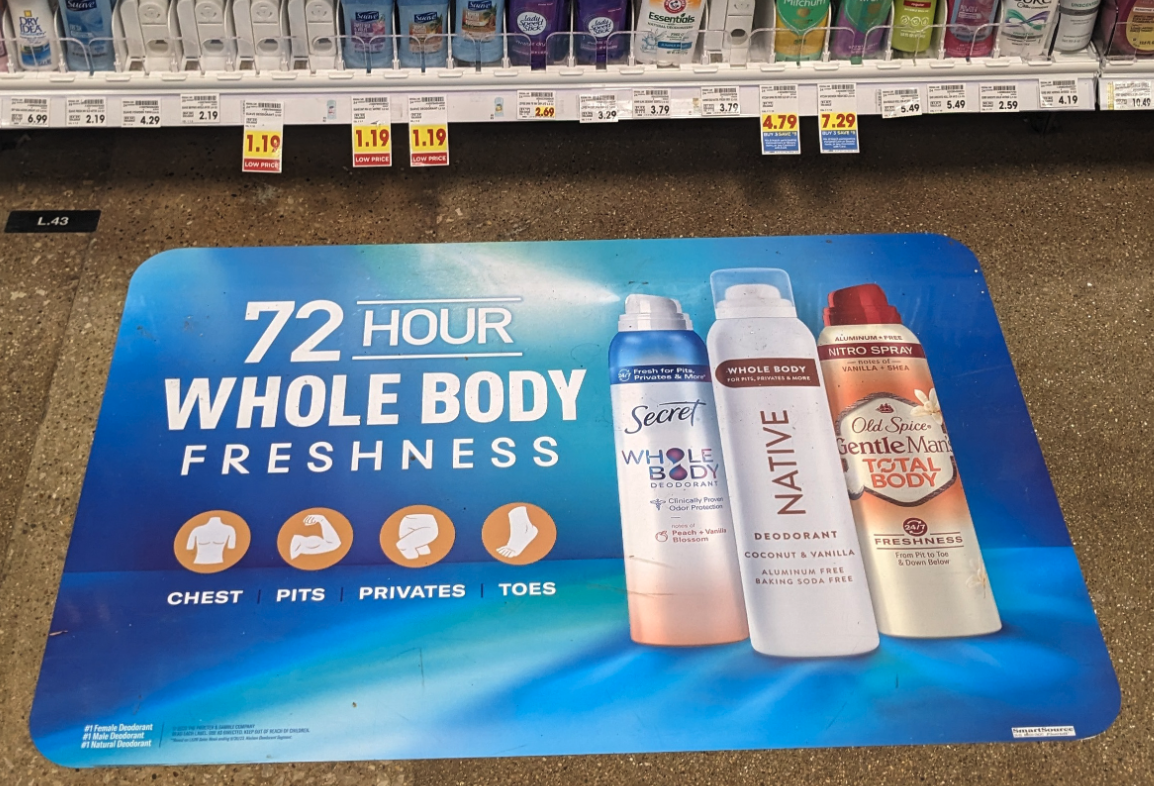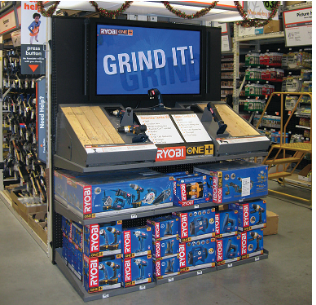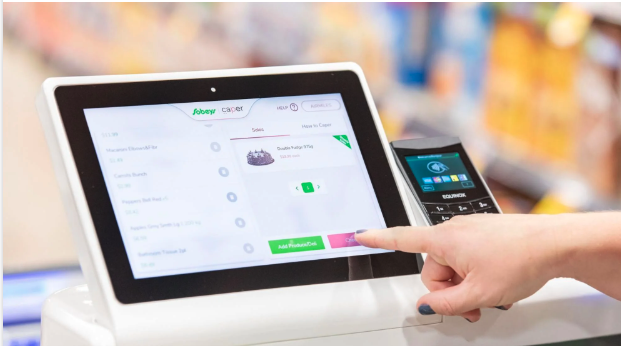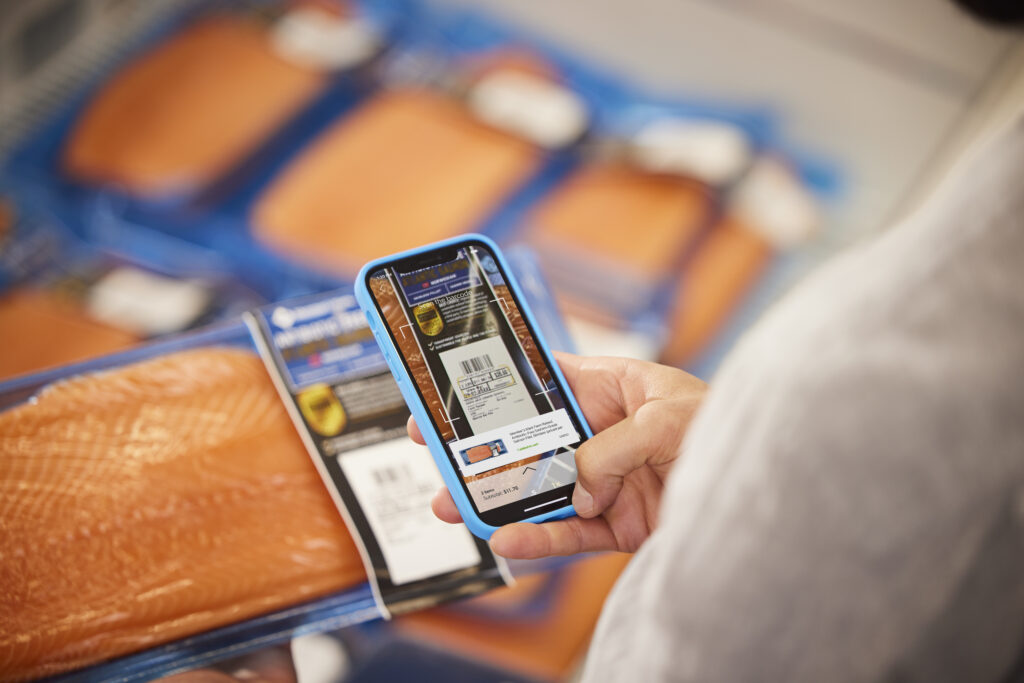Whether designed for a mass or targeted audience, in-store retail media should enhance the shopper experience while driving revenue
By Michele Roney, Mars UnitedSM Commerce
The idea of the brick-and-mortar store being called the “next frontier” for retail media sounds funny to the many industry veterans who work at Mars United.
Retail veterans like us have always viewed the physical store as a critical channel for shopper engagement. We’ve even experienced a few periods in the past when the store gained fleeting attention as a legitimate advertising medium (although Madison Avenue never quite agreed). And our CPG practice has been negotiating secondary merchandising space from retailers and buying shelf blades and floor graphics from third-party vendors for decades — because we’ve known how critical it is to reach shoppers at the ultimate moment of decision.

The rapid growth of retail media is now shining a slightly different lens on the store, as retailers seek to expand their menu of performance-based advertising opportunities by providing access to the location that still accounts for 90% of all packaged goods sales. And to many of the digital marketers working in retail media, the store might seem like a new frontier.
Whatever the perspective, retailers are now looking to bring “retail media” into the store and give advertisers the enterprise-wide, omnichannel program opportunities they’re demanding. Most are incorporating third-party media opportunities that already existed or are hurriedly building out digital screen networks to add capabilities as quickly as possible.
But a floor graphic doesn’t magically become “retail media” simply by adding it to the rate card, and a digital signage network isn’t necessarily a good fit for every in-store environment. In the scramble to create opportunities, some retailers might be forgetting to evaluate the media beyond the ad dollars that might be generated. They also might be forgetting to consider the essential elements that make retail media so valuable: the ability to target specific audiences and measure the impact.
As we’ve said previously, the guiding principle when building any retail media capability is to make sure that it’s appropriate for your business and your customers — and inside the store, what’s right for your business is to ensure that you’re improving the shopper experience.
The veterans here at Mars United have been helping retailers build media networks for years. We’ve helped them create trip-enhancing store environments for even longer. Here are the questions retailers should ask to ensure they’re implementing in-store advertising opportunities that will enhance the shopping experience and, ultimately, deliver on the promise of retail media.
1. Is it right for the business?
The sole answer can’t be, “Yes, because I can monetize it.” Effective in-store media must be a strategic fit for your business model. That means it needs to be relevant to your store environment, including the product assortment, the trip missions in your channel, and the way your customers shop. If you don’t understand the value of a particular media product, your shoppers and brand partners won’t either.
2. Will it enhance the shopper experience?
Deciding what’s right for the business is based largely on determining what’s right for the customer. Will the media help them navigate the store and the aisle, find relevant deals, discover new products, make informed purchase decisions? If it isn’t improving the experience in some way, it likely won’t get the engagement needed to be an effective ad vehicle.

For instance, at-shelf video might be a great solution for home improvement chains, where shoppers often need to understand product usage; in-store radio might be ideal in convenience stores, where the potential for impulse buys is high and the proximity to the product is close. The reverse, however, may not be true.
A good place to start the evaluation is to consider what shoppers already use. If a large percentage of shoppers are already opening your app inside the store, you may not need a massive digital-screen deployment. And the personalized connection that the app delivers can solve some of your other retail media needs as well (see below).
Another consideration is to find ways of bringing some of the best aspects of the digital shopping experience to the store. As one example, Sephora’s beauty consultants use the retailer’s virtual try-on tool to help in-store shoppers narrow their choices before they start physically trying on makeup.
3. Is it feasibly scalable?
Retailers have been eyeing chain-wide digital media networks for as almost as long as the technology has existed, and the history of shopper marketing is filled with failed initiatives. Even if a solution meets the above criteria, it still needs to make financial and operational sense to deploy and maintain.
According to Mars United’s latest Retail Media Report Card, several leading networks are undertaking small-scale pilots of digital signage networks to test their effectiveness at driving sales. And there is no shortage of third-party vendors who’d be happy to cover the capital expenditures in exchange for a split of the ad revenue (or more).
Concerns over costs and the urgency for speed to market have many retailers working with existing in-store media partners to incorporate those opportunities into the network offering. That’s a reasonable short-term fix, since most brand advertisers are already familiar with what those opportunities can do. But in the long run, those tools will at the very least need to be updated to fit the model for retail media.
4. Is it right for retail media advertisers?
The store presents an almost unrivaled opportunity to reach large numbers of consumers who are in the act of shopping and therefore receptive to messaging about products and offers.
It’s an ideal environment for brand advertisers launching new products, staging promotions, or simply looking to build awareness where it could also drive conversion. What’s more, point-of-sale data can provide general evidence about the sales impact of those efforts.

The power of in-store media in driving sales has long been documented. Existing vehicles let retail media advertisers run omnichannel programs that have the potential to reach all a retailer’s shoppers and reinforce the messaging they’ve seen elsewhere. For those two reasons, “mass media” in-store opportunities will always be valuable.
But the magic of retail media is its ability to let advertisers target specific audiences and then directly measure the impact, something that few in-store media opportunities can do yet — except perhaps for smart carts and some of the more sophisticated retailer apps that can provide data on both purchase history and shopping intent.
5. Is it targetable and measurable?
This may be more a question for tomorrow than today, but retailers ultimately will need to either adapt existing media or roll out new tools that have these targeting and measurement capabilities if they want to deliver the full potential of retail media within the store — and attract the ad dollars they seek.
Effectively navigating the complexity of physical retail requires years of institutional knowledge that includes a deep understanding of traditional store dynamics, expertise in the still-evolving retail media marketplace, and the ability to connect the two in ways that benefit your shoppers. It might be helpful to have some industry veterans around to guide you through this “new frontier.”
About the Author

As EVP at Mars United Commerce, Michele Roney leads the Retailer CX business, which helps retailers drive growth through marketing, customer experience design, and the creation, operationalization, and monetization of retail media networks. A 32-year company veteran with experience across retail marketing, media and promotion, she has led the ground-up development, management and support of leading networks both in the U.S. and Canada.
PHOTO sources: Path to Purchase Institute (floor decal and endcap); Instacart (Caper Cart screen)



